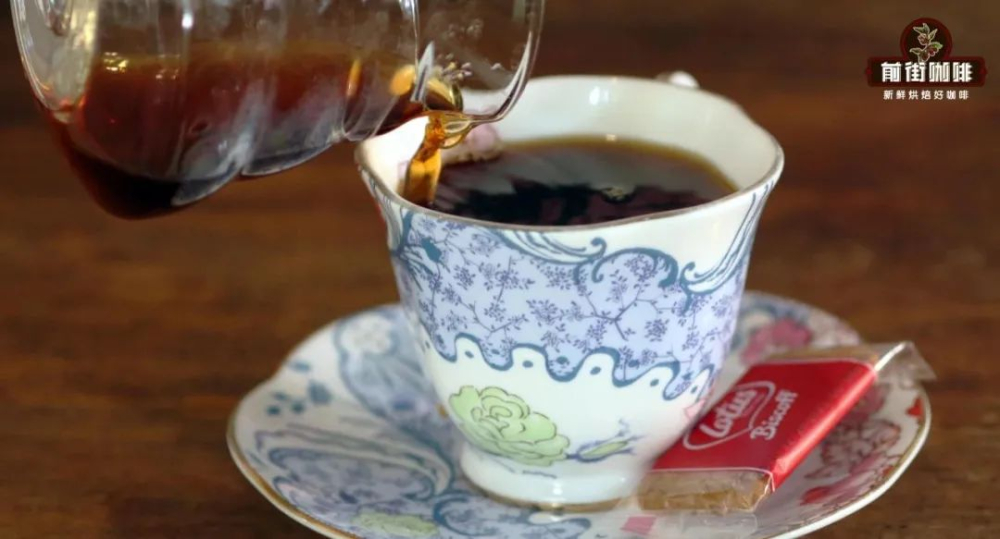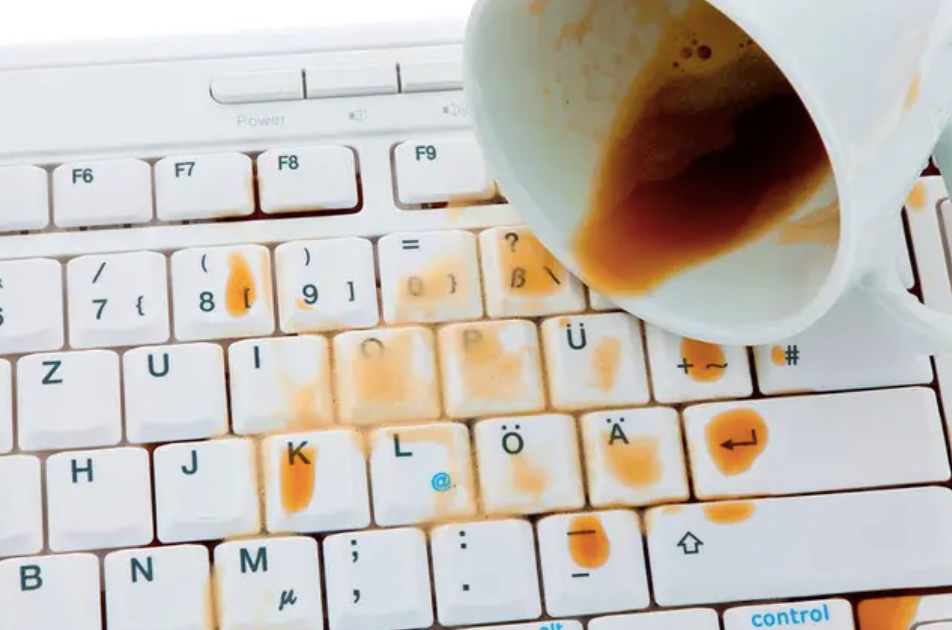Caffeine content of all kinds of coffee drinks reference to what kind of coffee is the most refreshing
The most primitive function of coffee is to refresh, whether it is espresso after drinking, American-style drip pot coffee resident in the office, or even hand-brewed coffee specially for coffee beans, it has refreshing function. However, everyone chooses the right coffee according to the different requirements of the scene, function and taste.
So, there are so many kinds of coffee, what kind of coffee is the most refreshing?

Why coffee refreshes? Coffee's refreshing effect mainly comes from caffeine. The reason why we feel sleepy is because there is a substance called adenosine in our body. When we are awake for a long time, the more adenosine accumulates in our body, and we are more likely to feel sleepy. Caffeine blocks adenosine from binding to the brain's nerves, so the brain doesn't receive the "adenosine when tired message" and continues to work hard to make people feel less tired. So the most refreshing coffee is definitely coffee with more caffeine. The amount of caffeine in the final coffee depends on the caffeine content of the beans and how the coffee is made. So the front street is divided into these two steps to discuss. Caffeine content of coffee beans Different varieties of coffee beans have different caffeine content, and in our common coffee, mainly divided into Robusta species and Arabica species, Robusta (Luo beans) caffeine content is relatively high, accounting for about 2-4% of their own bean weight (mostly concentrated in about 3%), while Arabica species Although many varieties are subdivided in fine coffee, in terms of caffeine, they are all 0.9-1.4%(mostly concentrated in about 1.2%). So, if you want more caffeine, go for romaine beans, and if you don't want too much caffeine, go for Arabica beans. Some friends have also heard of natural decaf coffee, here in front of the street simply said, natural decaf coffee is also Arabica, caffeine is ordinary Arabica 1/2, about 0.6%, for some caffeine intolerance friends, or relatively high. If you want coffee and don't want caffeine, you can choose artificial decaf coffee, which contains almost no caffeine. Caffeine content of various extraction methods Caffeine content labels on beverages are usually labeled as "Xmg/100ml." It is mainly based on capacity, but if this is from the barista's point of view, it is more suitable to use 1 cup or how much coffee powder is actually used as a unit of measurement. In the case of espresso, for example, the caffeine content is the same whether latte or Americano is made using the same amount of espresso as the base. Or, add one shot of espresso to each of 200ml and 300ml of water. If calculated by Xmg/100ml, the caffeine concentration of 200ml cup will be higher than that of 300ml, but everyone will consume the same amount of caffeine if they drink all of it. The amount of caffeine released is also related to the time. Under the same high temperature extraction, the caffeine content of the long extraction time will be higher, so the espresso coffee beverage is not the highest caffeine, and the caffeine content of the drip coffee and the French press coffee is higher. Although cold extraction and ice drop coffee are extracted at low temperature, the long extraction time makes the caffeine content higher than the previous ones.

Here are some common caffeine references for coffee drinks: (Note: Coffee beans are Arabica; cold extraction and ice drop coffee are affected by extraction time, which is 8 hours for ice drop and 12 hours for cold extraction) espresso (20g powder/40g coffee) about 100mg; latte, American coffee, cappuccino and other caffeine content is the same as espresso hand-brewed coffee (15g powder/195ml coffee) about 90mg; hand-brewed coffee (20g powder/260ml coffee) about 120mg; French press (20g powder/4 minutes) about 135mg; iced coffee (a cup of 20g powder/200 ml coffee) about 135mg; cold coffee (a cup of 20g powder/200ml coffee) about 140mg; ear coffee (a bag of 10g powder/120ml coffee) about 50mg; instant coffee (a bag) about 50mg. In fact, sometimes coffee does not have to drink to refresh, after the front street editorial department verification, coffee was drunk by the computer refreshing effect is faster than their own drink effect, stronger, if you do not believe, you can try.

Important Notice :
前街咖啡 FrontStreet Coffee has moved to new addredd:
FrontStreet Coffee Address: 315,Donghua East Road,GuangZhou
Tel:020 38364473
- Prev

Honey snow ice city "gilding" the snow king?! Marketing techniques of chain Milk Tea Store
Professional coffee knowledge exchange more coffee bean information please follow the coffee workshop (Wechat official account cafe_style) more boutique coffee beans please add private Wechat Qianjie coffee, WeChat: qjcoffeex do not know if you have found, promoting new products, activities for logo seems to have become
- Next

The rules of the 2023 World Barista Competition are updated! WBC allows the use of plant milk / other animal milk to enter the competition
Professional coffee knowledge exchange more coffee bean information please follow the coffee workshop (Wechat official account cafe_style) more boutique coffee beans please add private Wechat Qianjie Coffee, on December 22, the Fine Coffee Association released the 2023 World Barista Championship (
Related
- What ratio of water temperature and ground does the smart cup method use to press coffee? The difference between brewed coffee and filtered coffee?
- What is the standard process for the purpose of coffee cup testing? What is the difference between hand-brewed coffee and cup testing?
- How to use hand-brewed coffee paragon small golden balls? How does cold coffee lock in the aroma of coffee?
- Is American coffee black? What is the difference between American coffee and drip coffee?
- Unexpected! Well-known tea beverage brand Lele Tea will withdraw from the Zhengzhou market!
- Starbucks enters the fashion and beauty industry?! Netizen: Give me an ice American eye cream
- Why can American refills for free? The difference between Americano and American drip pot coffee
- Being chased out of the rain in front of Starbucks?! Store: Sheltering from rain under umbrellas poses a safety hazard
- The white moonlight has changed?! Lucky launches "Big Winter Pear American"
- Hand-brewed coffee three-stage method, high-sweet and universal brewing method to share! What does the high sweet water level of hand-brewed coffee mean?

